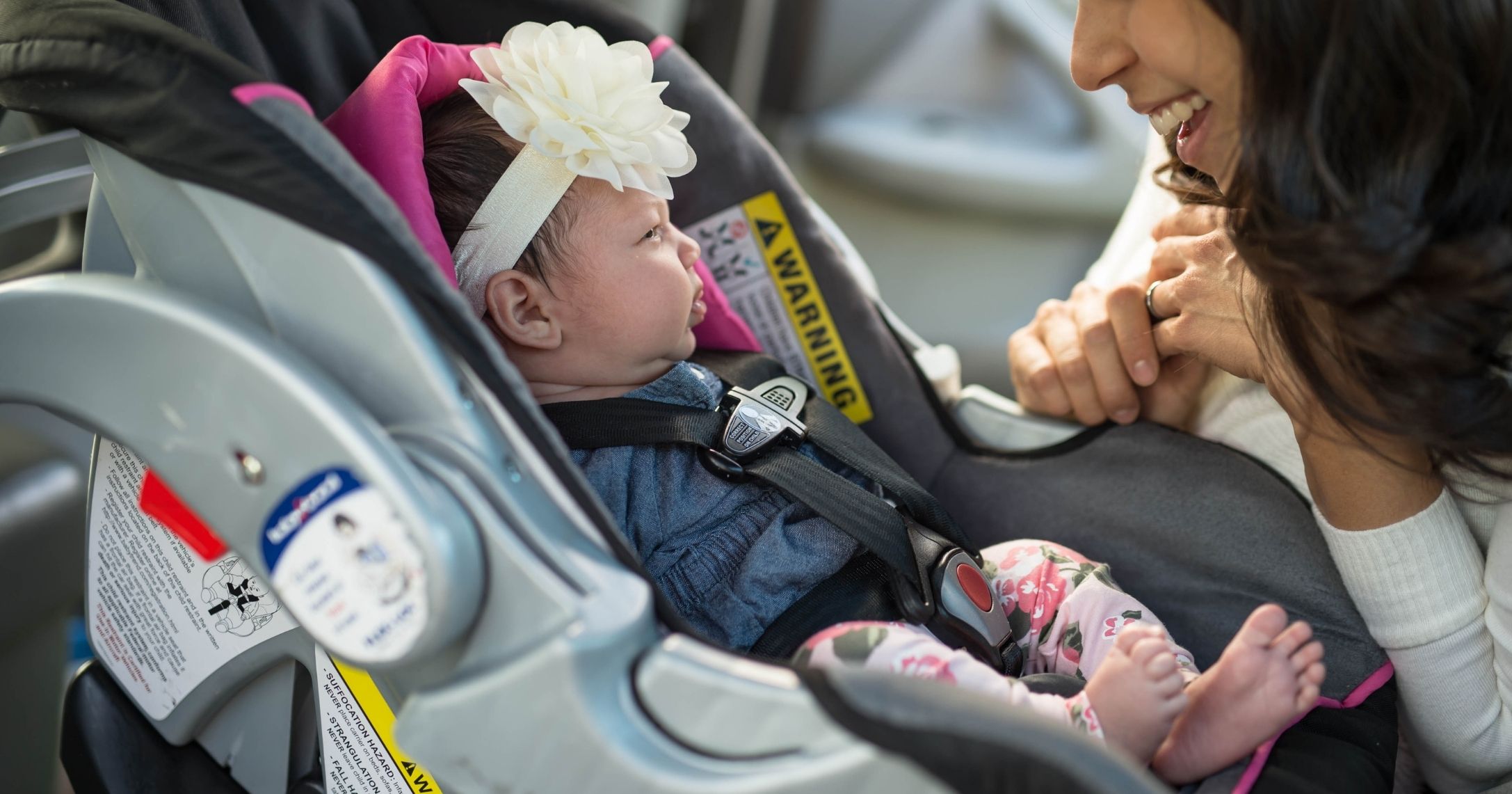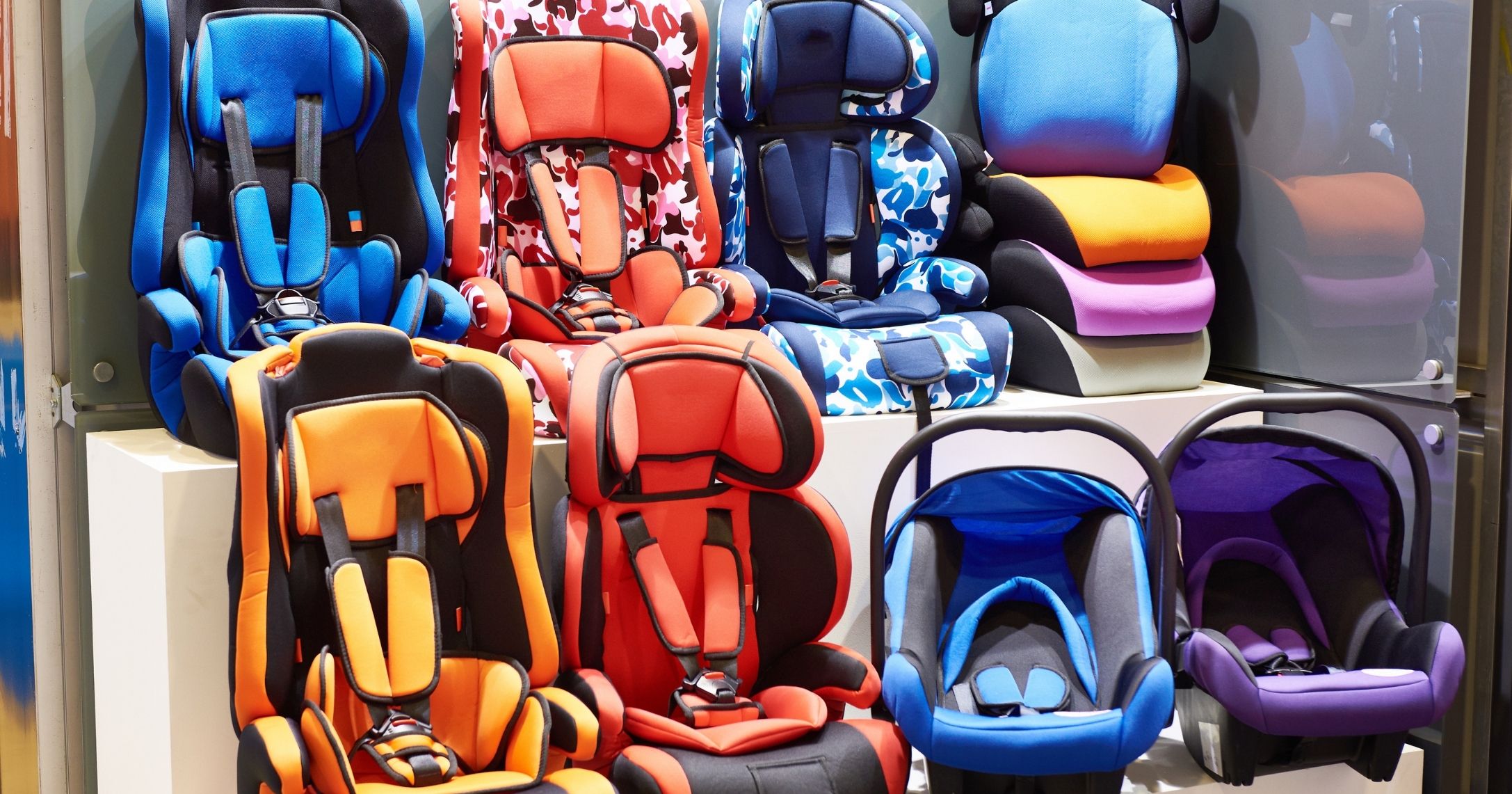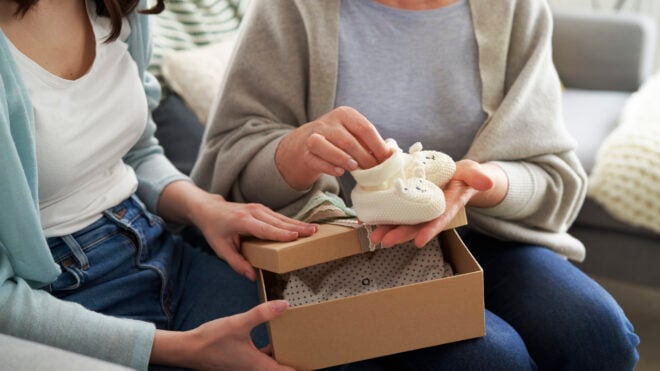
It feels like there is always just too much to do when we find out we’re pregnant. Especially if it’s our first time, we aren’t sure how we’re going to handle pregnancy, whether it’s going to be easy for us, or if we’ll have to deal with any complications. So the worry about how our lives will change is often in the back of our minds, and there’s so much we have to buy, too.
Babies aren’t cheap, and while there are many baby items we don’t really need, some are pretty important — including a car seat. But with so many on the market, how can we narrow down which one to buy?
That’s where research comes in handy. With so many options, parents need to consider a few things beyond the basic safety features and the price tag. So, if buying a car seat is on the to-do list, there are a lot of things to consider before dropping the cash.
Whether it’s an important safety feature or something that will make life a little easier, here are 10 things that no one tells parents about that they should be looking for in a car seat.
1. Safety Ratings
Surprise! Not all car seats are made the same and while they have some safety ratings, they have to hit to be legal to sell, we don’t really want to look for one with the basic minimum standards, right? The National Highway Traffic Safety Association has a lot of details on its site to help parents choose the best seat with the best safety ratings.
2. Is It Brand New?
Parents can save so much money on baby items if they purchase gently used items and for the most part, that’s totally OK. Things like baby clothes or toys are often not used for a long time, so they can be purchased almost as good as new. But this isn’t recommended for car seats. New seats have safety features that are up-to-date, and by buying new, we know the seat’s not been through an accident, which would make it unsafe to use.
3. Ease of Installation
For a car seat to be safe and effective, it has to be installed correctly — and for some car seats, that's easier said than done. Before making a decision, make sure the installation process isn’t going to be too cumbersome. And beyond that, make sure the instructions on how to install the seat safely in the car are easy to follow.
4. Weight Limit
There is a wide range of weight limits for car seats and each has a different purchase. Some car seats are designed to grow with baby (these are often called convertible seats) and can carry the baby from infant through early toddler. Others, like the typical bucket seat car seats, are only safe to use up to approximately 20 pounds, and for many babies, that won’t even last the whole year. Make sure to look at the weight limits and pair that to the common weights of babies.
5. Convertibility

There are so many car seats on the market and when we compare it to the price tag, it can feel impossible to narrow down. One thing to consider is the convertibility of the seat. Will this one last for just the first year or does it have features to last into toddlerhood? Some seats, when configured correctly, can be the one and only seat a child needs from birth to 8+ years old. While the convertible ones often have a higher price tag, saving on needing to by another is sometimes better in the long-term.
6. Expiration Date
Did you know that car seats have an expiration date? Yes, just like the milk in your fridge, not all car seats are built to last indefinitely. While the material isn’t going to fall apart or go bad in the sense that food or drinks do, safety features and standards can change over the years, and that’s why there are expiry dates placed on car seats. These are usually listed on a label at the bottom of the seat.
7. Vehicle Compatibility
Guess what? Not all cars are built for every car seat – and no one wants to buy a new car to fit the car seat. Some vehicles don’t have enough space in the back seat for the car seat’s size and this can be very true for parents who are expecting multiples. On top of this, the way that car seats need to be installed requires a hidden clip feature in the back seat of the car – so make sure your vehicle is going to work.
8. Accessories Compatibility
There is a lot more to car seats than just the seat that goes into the car and if these extras are something that might be useful down the road, we need to make sure they’re available or compatible for the car seat we want to get. Things like being able to snap the car seat into a stroller, if there are inserts for the seat if the baby is little, and if covers for rain or snow are available.
9. The Weight of the Seat Itself
Guess what? Car seats can be heavy, especially if they’re the bucket type used for infants. And it’s important to factor in how easy it will be for the parents to carry that seat – while the baby’s in it. The last thing we need is to get one of these seats for the ease of transfer and then not be able to safely carry it. Also, the same consideration should be made for convertible seats, especially if the car seat will often be moved from one car to the other. They’re surprisingly heavy!
10. Maintenance
Honestly, even the parents who love to keep everything pristine and clean will have some struggles with car seats. Yes, they get messy – not only from just general use, but babies often come with spit-up or diapers that blow out at some point in their little years. And as the kids get older and start to eat things like teething cookies or crackers, these car seats get messy pretty quickly. Choosing a seat that’s easy to take apart and clean will save hours of headaches.




